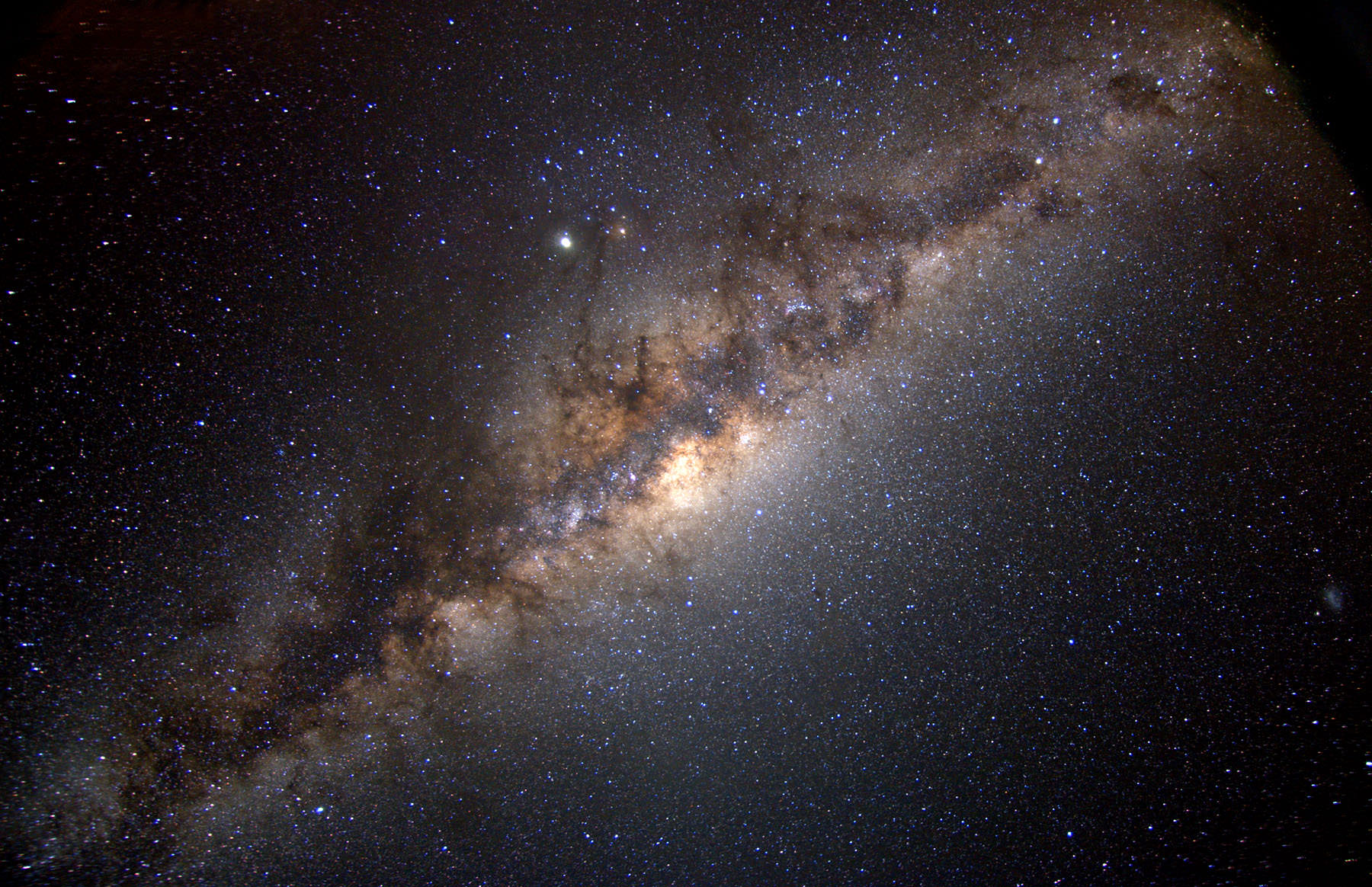Have you ever held a chunk of gold in your hand? Not a little piece of jewelry, but an ounce or more? If you have, you can almost immediately understand what drives humans to want to possess it and know where it comes from.
We know that gold comes from stars. All stars are comprised primarily of hydrogen and helium. But they contain other elements, which astrophysicists refer to as a star’s metallicity. Our Sun has a high metallicity and contains 67 different elements, including about 2.5 trillion tons of gold.
Now astronomers have found a distant star that contains 65 elements, the most ever detected in another star. Gold is among them.
Continue reading “Astronomers Find a Star That Contains 65 Different Elements”

